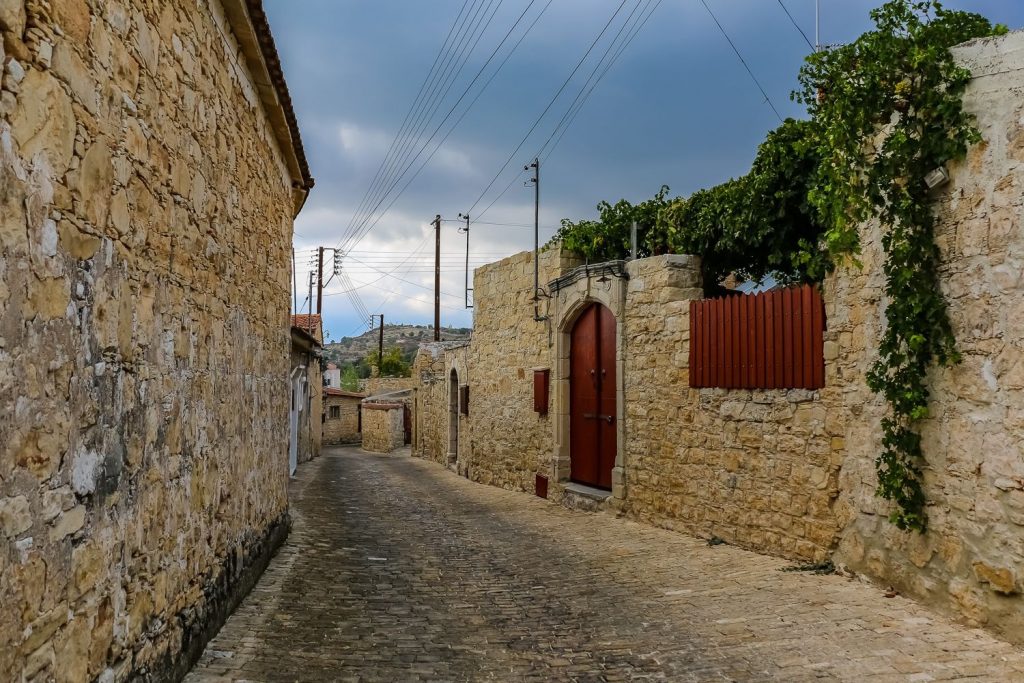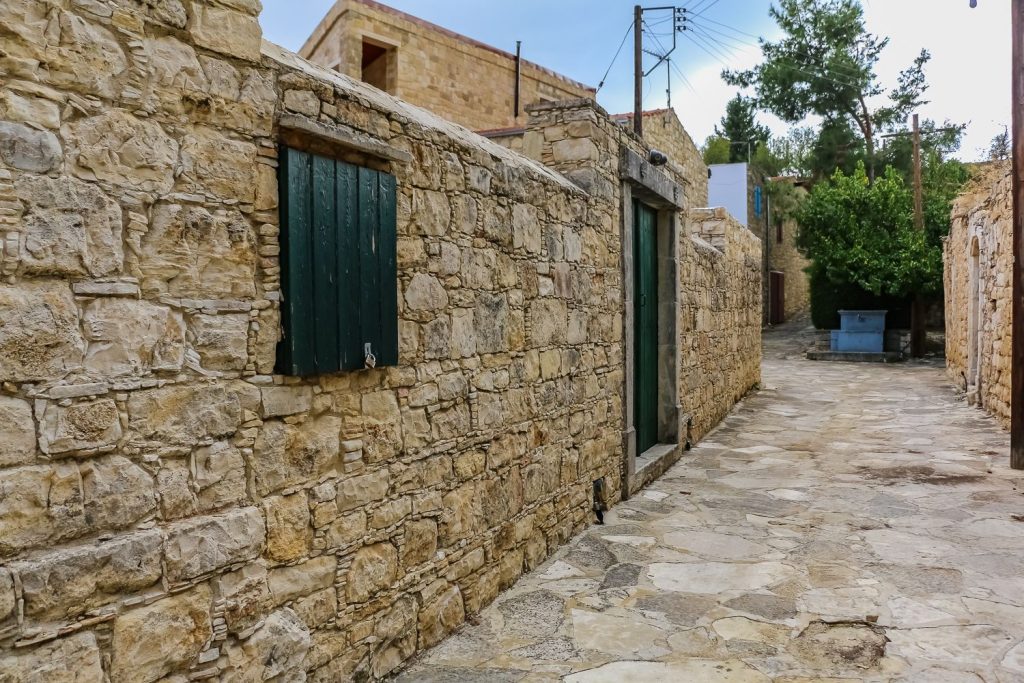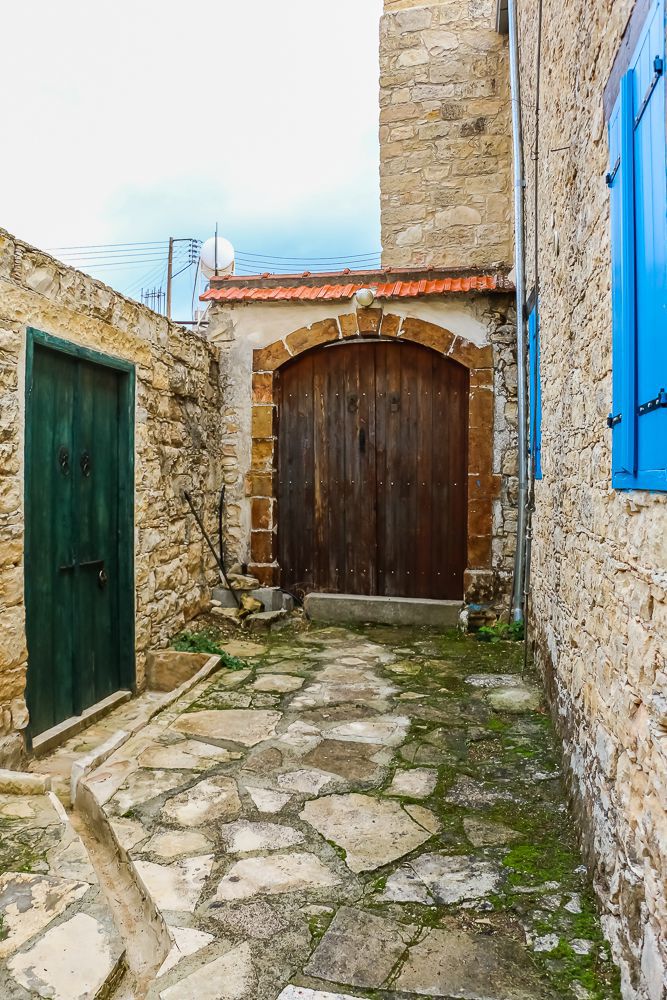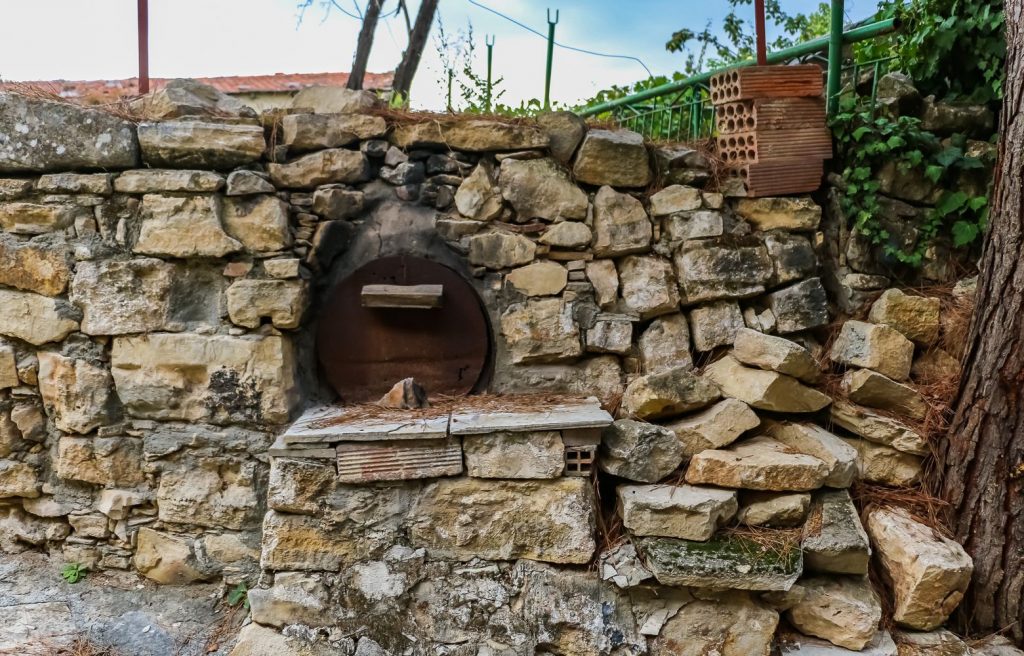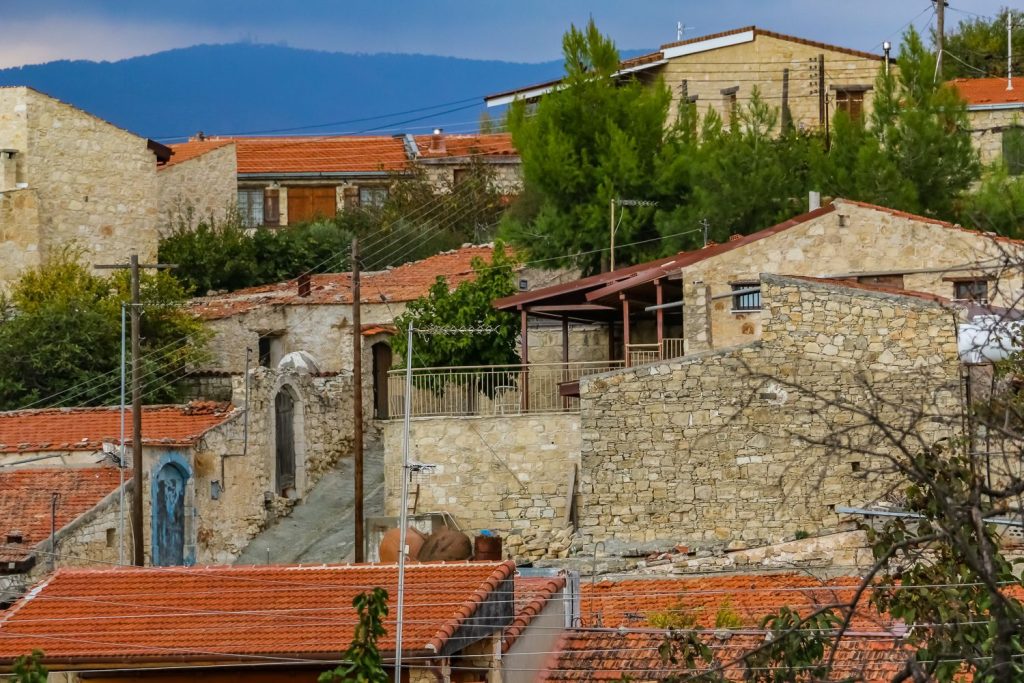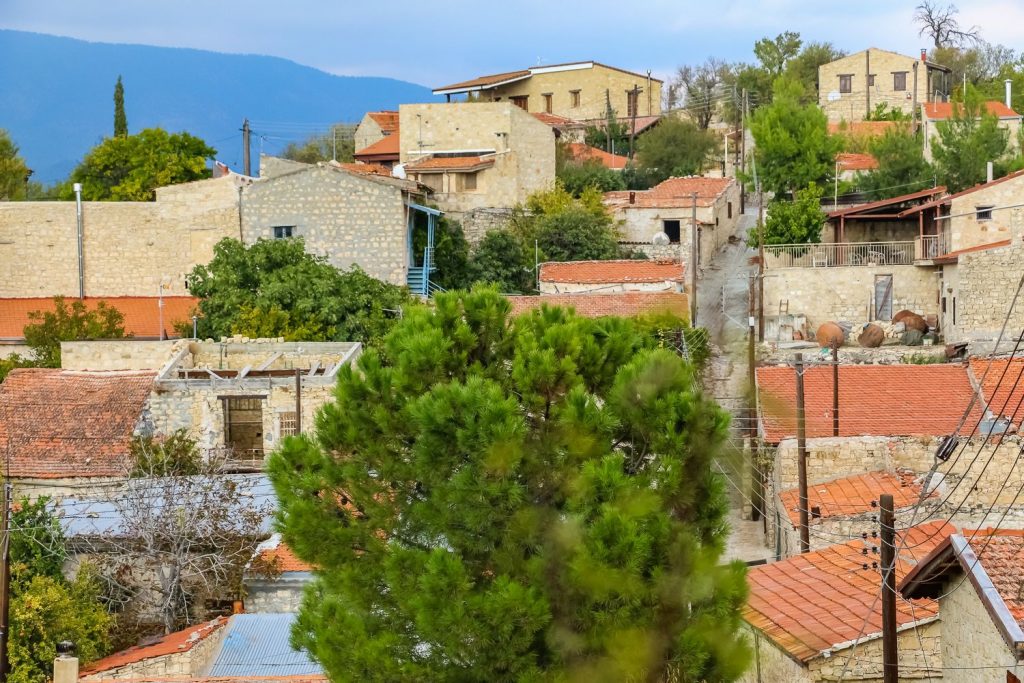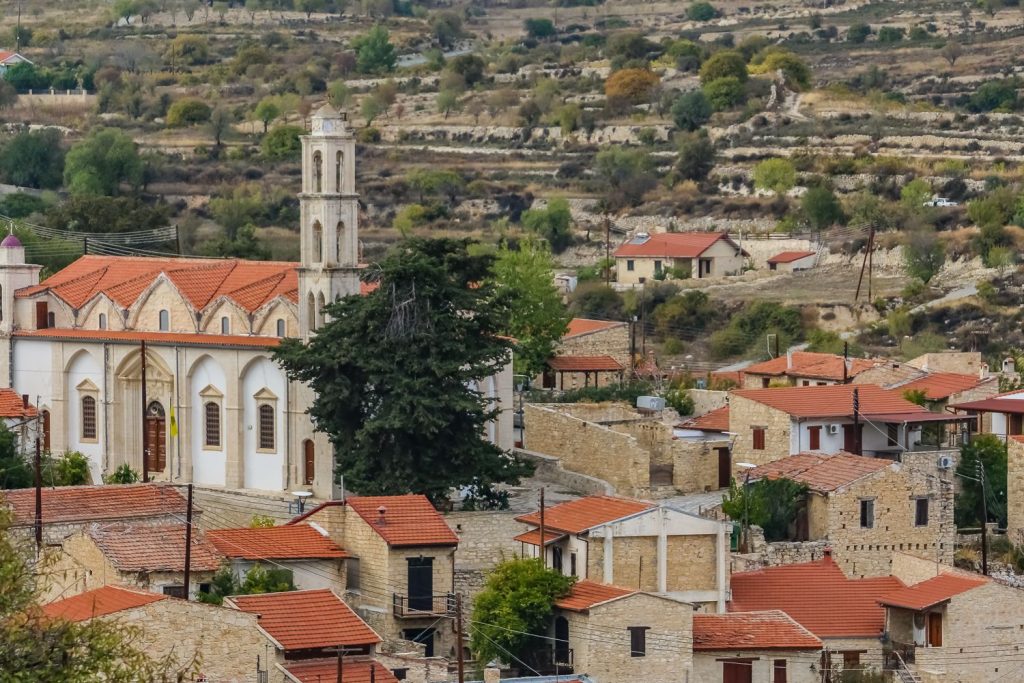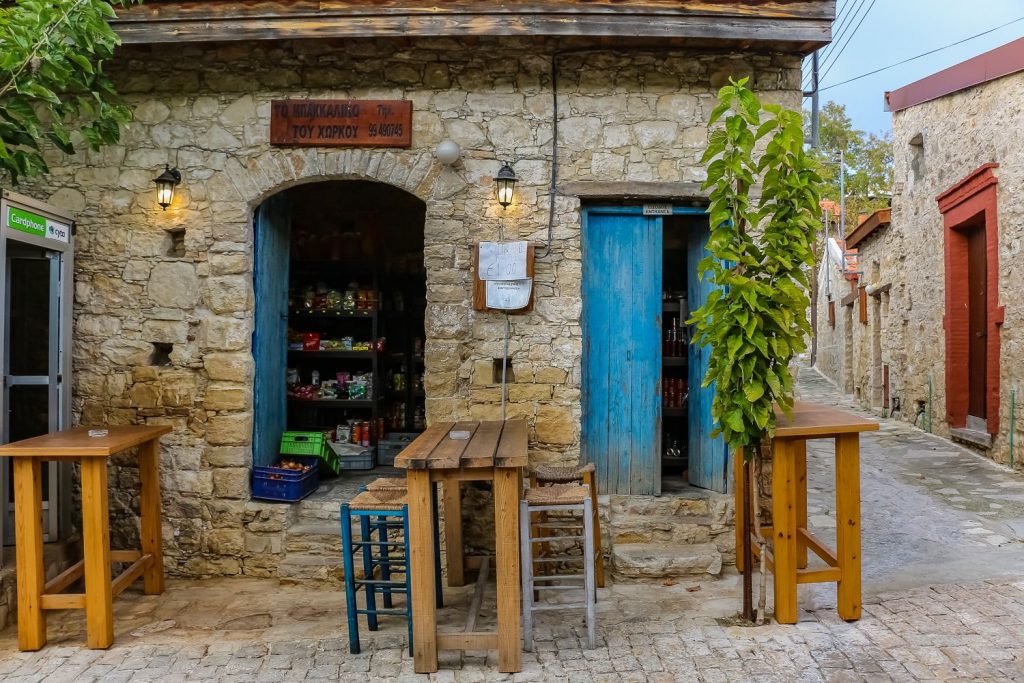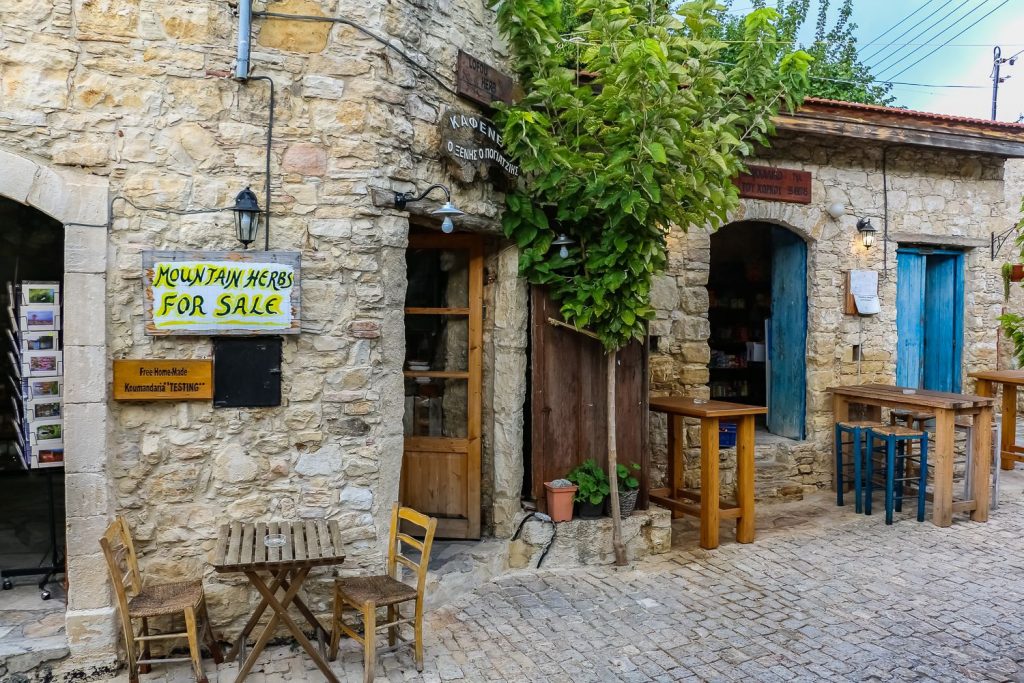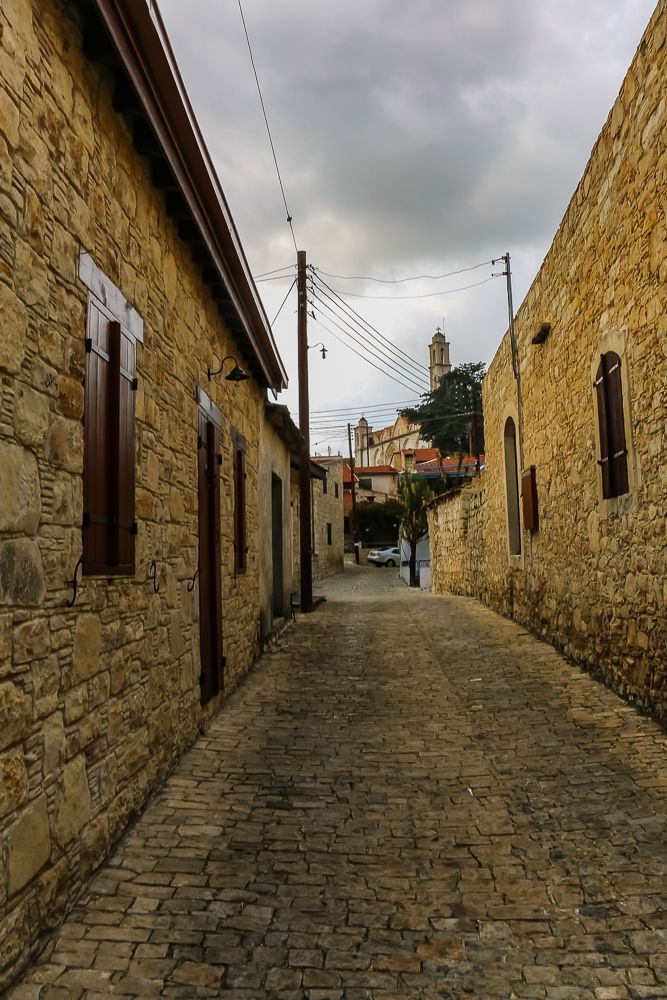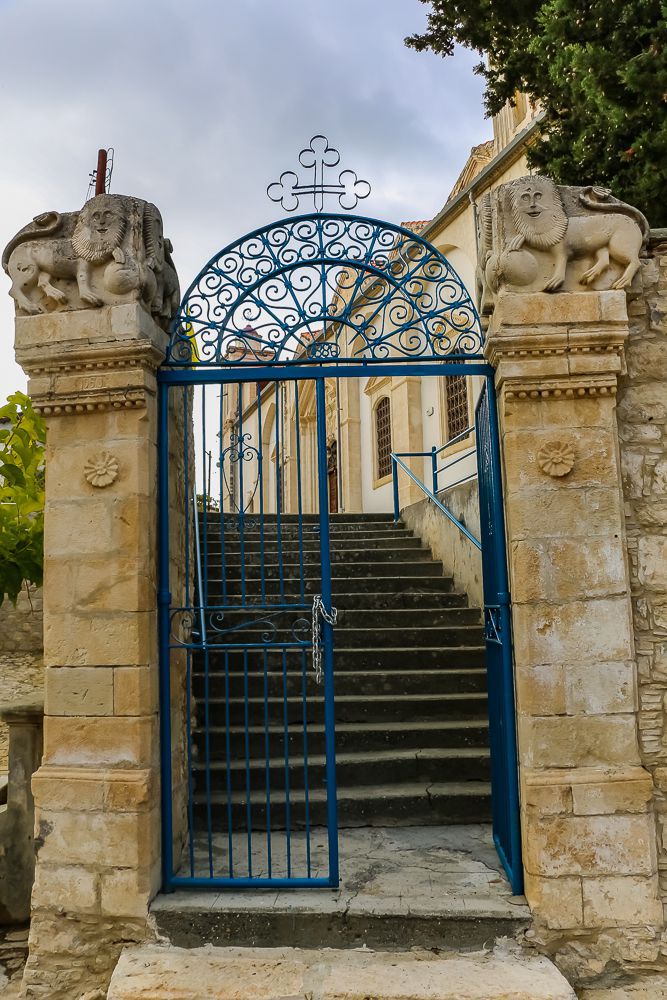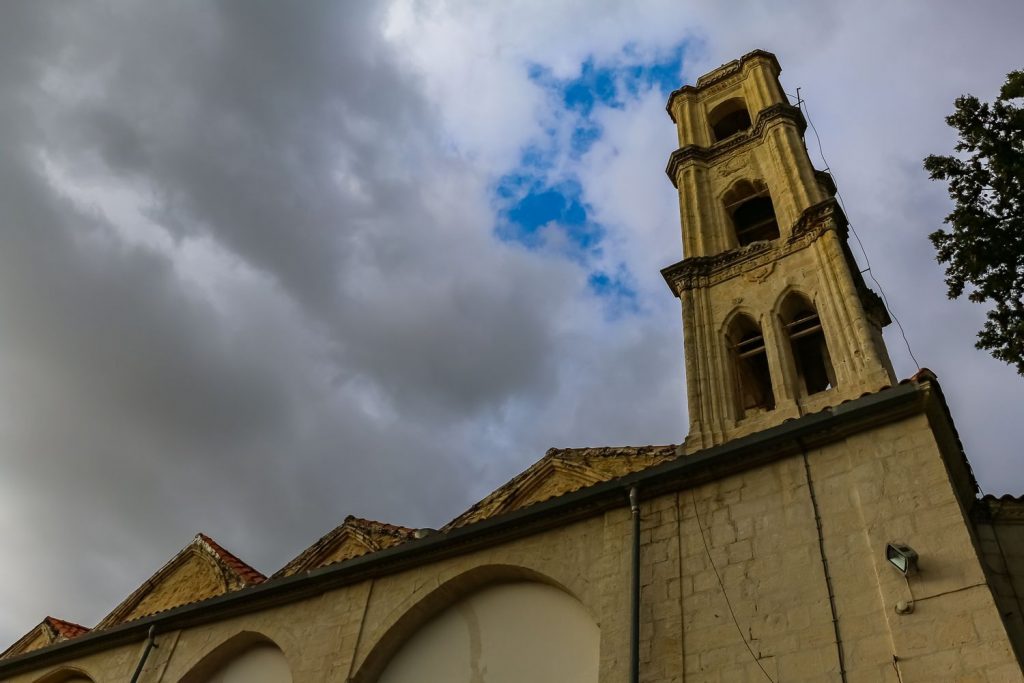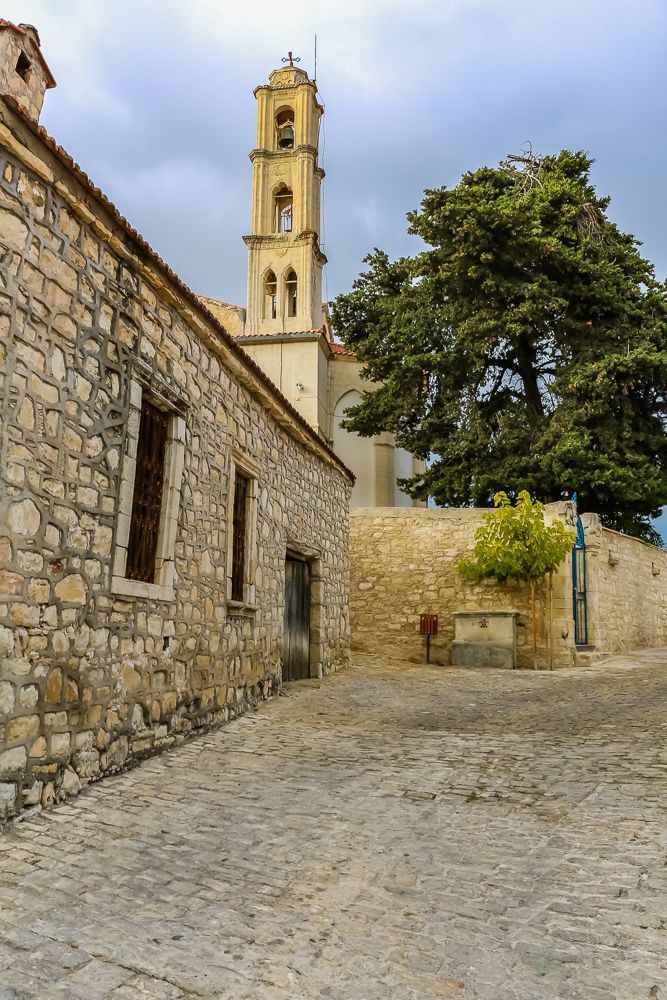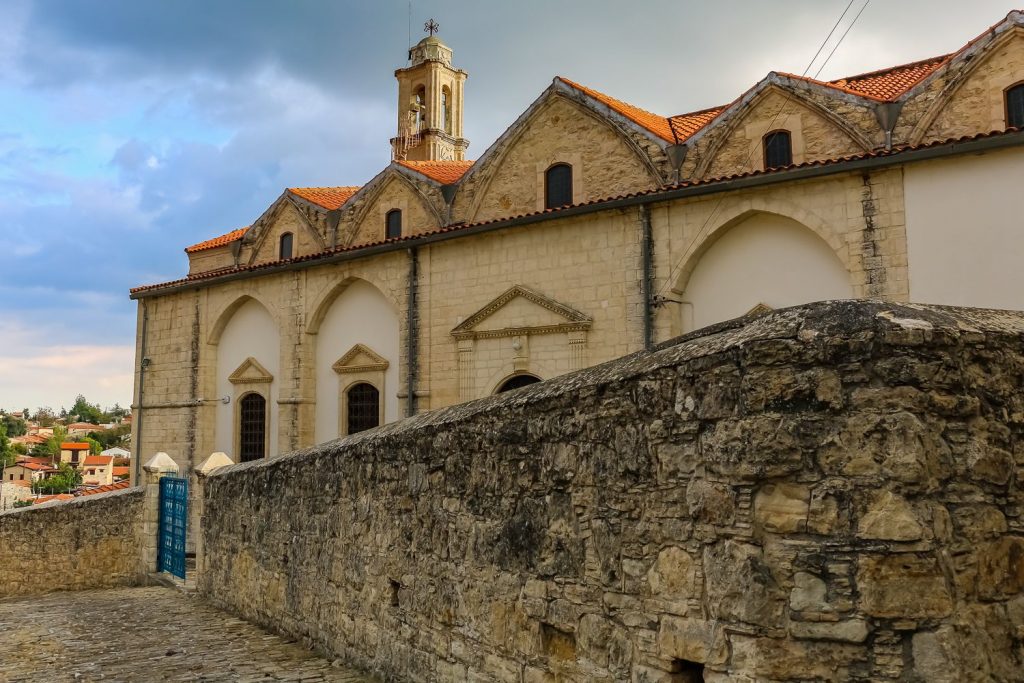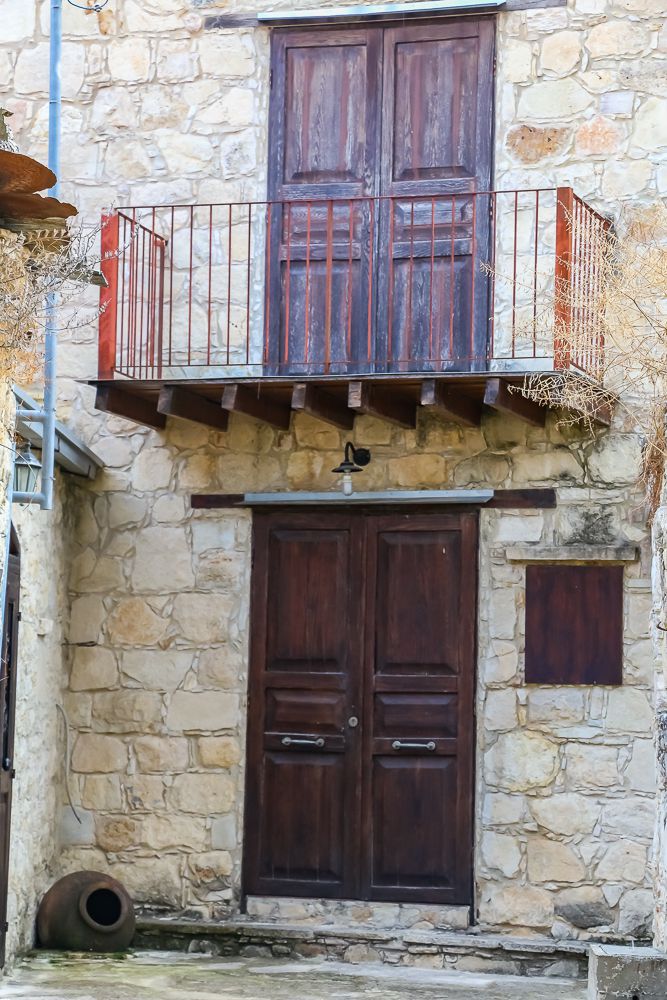Lofou
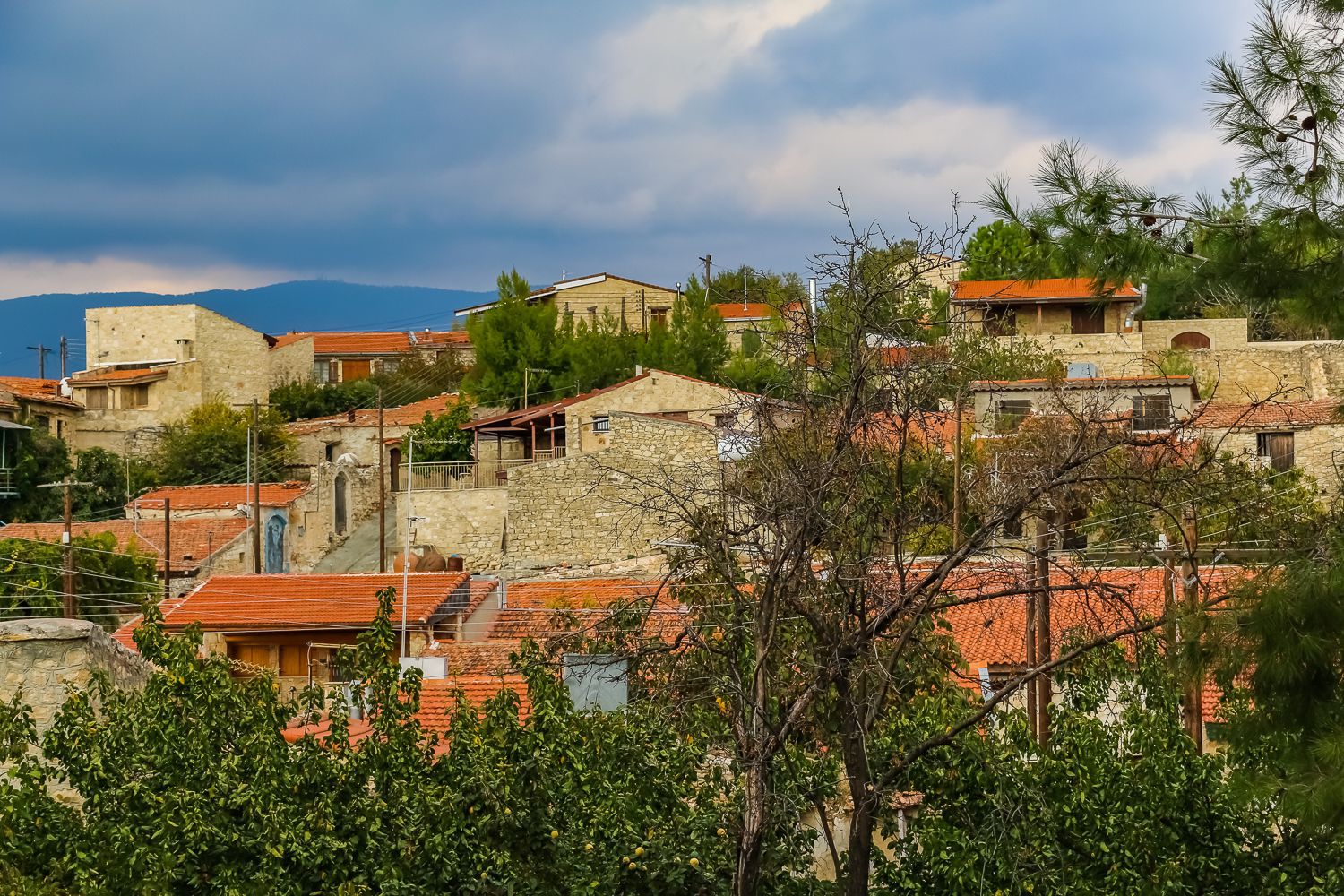
Lofou is a wine-producing village of the district of Limassol in Cyprus and is located to the northwest of the homonymous capital city (about 25 km away), as well as just over 100 km from Larnaca, 90 km from Nicosia and about 70 km from Paphos.
At an altitude of about 800 meters Lofou is built on hills, from where came the name (lofos in Greek means hill) of the village (as is evident from the records of the old primary school), while the change from –o to -ou resulted from the dialect of the local farmers in the 20th century. The settlement is crossed by tributaries of the river Kouris, which, combined with the wild mountainous scenery, enchant every visitor.
The village that now has about only 30 residents (a number that grows in the summer) may have been established before the Frankish rule of the island, because of the Arab raids of that time, when its first inhabitants looked for a safer place to stay. There is plenty historical evidence that the specific settlement has been destroyed many times in the past. Specifically, under the British rule, Lofou became one of the largest and most important wine producing villages while there was also established the first agricultural cooperative of the wine villages of Limassol, which was later dissolved. In addition, the village is proud of the election of a local as an MP, who voted for the island’s union with Greece in 1923. Also, the settlement is considered as the “summer estate” of the village Ypsonas (suburb of the capital) with farmers that visit the area in order to cultivate their vines until begun the long historical process of desertion of the village by its residents.
Being one of the few examples of traditional Cypriot villages with present elements of folk architecture (since the biggest part of the settlement has been restored), Lofou impresses visitors with its arches that remain unaltered in time, but also with its many winding cobbled streets. In the center of the village stands the preserved chapel of Agios Georgios (St. George), with its carved stone tombs crafted by monks from Agio Oros, although of all the ecclesiastical monuments the one that stands out is the majestic church of Panagia (Virgin Mary) Chrysolofitissa. It is a building of the 19th century, built on a hill to the west of the center of the village, while along the road Alassa – Lofou, you will also find the chapel of Prophet Elias and the church of Agia Marina (Saint Marina) (about 3 km southwest of the village).
In Lofou visitors can also take a walk around the location with the best panoramic views of the village – the neoclassical old elementary school that hosts in its yard the statues of two very important personalities (Ioannis Stavrinos – revolution of 1821 and Elias Kannaouros – invasion of 1974), who came from this village, and also to see the small cave located beneath the school building, where, according to the legend, lived the first inhabitants of the village. In addition, there you will find the communal Rural Museum of Lofou with the traditional olive mill and flour mill and the small Folk Museum of Lofou, while approximately 300 meters from the church of the village stands to this day the old oil mill. Also, after the road that leads from Lofou to the village Sylikou, the traveler can make a stop at the drinking fountain of Elitziis, or to walk the nature trail of Lofou, where one can enjoy all the beauty of the fauna and flora of the Cypriot mountain countryside.
And maybe on the 15 th of August (Assumption of Virgin Mary) in Lofou takes place a big festival with songs and dancing, but the village is mainly famous all over Cyprus for its homonymous palouze festival that takes place every penultimate Sunday of September. Finally, here the visitor can find restaurants, cafes and all types of lodgings that are open all year round.

